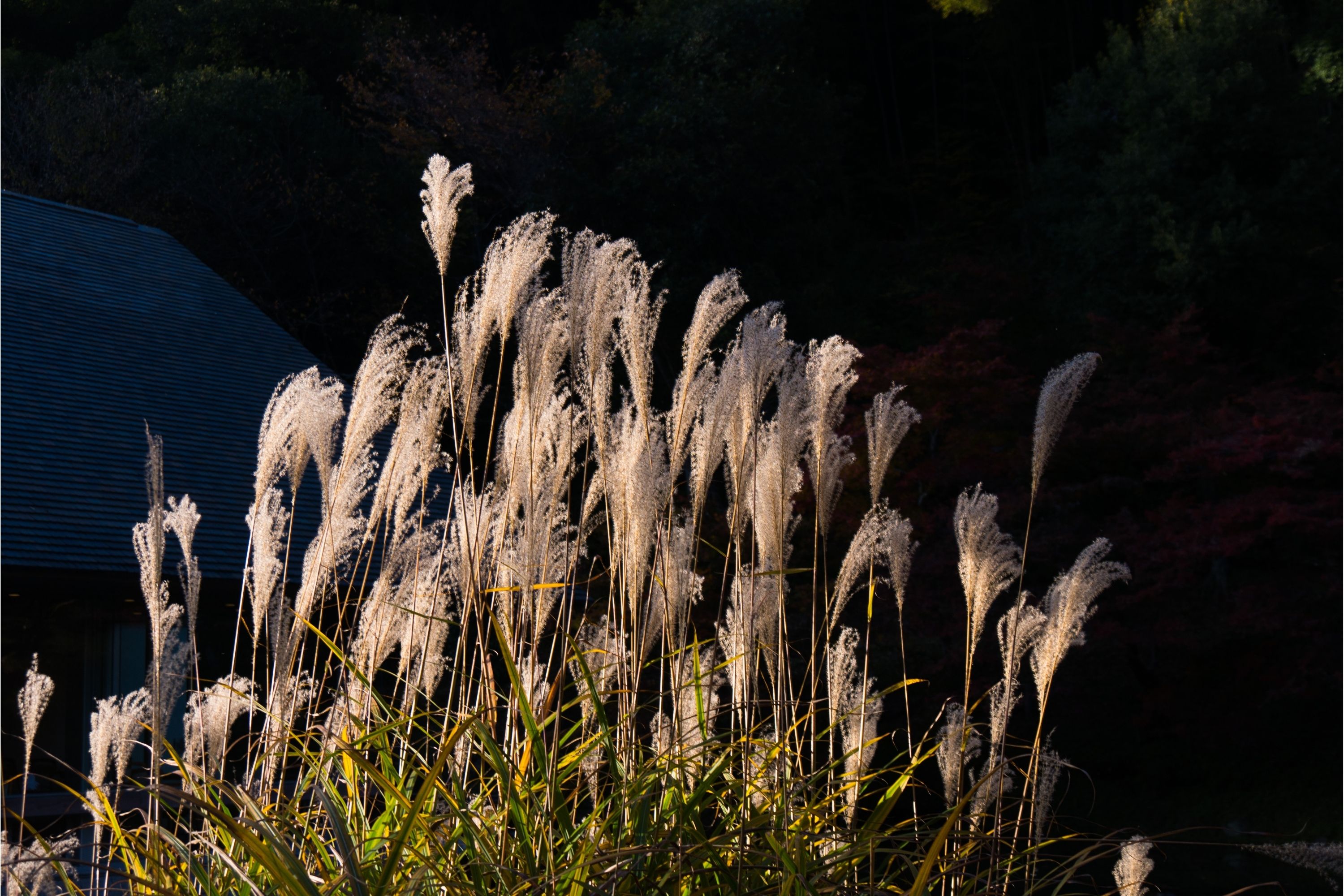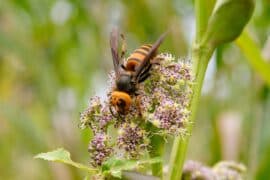Chinese silver grass
(Miscanthus sinensis)

Description
Miscanthus sinensis, also known as Chinese silvergrass, is a perennial, warm-season grass that is native to Asia. It is widely cultivated as an ornamental plant, as well as for its economic value in producing bioenergy, animal feed, and paper pulp. In this article, we will explore the various aspects of Miscanthus sinensis, including its taxonomy, morphology, ecology, and uses. Taxonomy: Miscanthus sinensis belongs to the family Poaceae, which is commonly known as the grass family. It is one of approximately 15 species of the genus Miscanthus, which are all perennial grasses. Miscanthus sinensis is further classified into several subspecies and cultivars based on variations in its morphology and ecology. Morphology: Miscanthus sinensis can grow up to 3 meters tall and 2 meters wide. It has long, narrow leaves that are typically green, but can also be variegated or striped with white, yellow, or red. The flowers are borne on a feathery, plume-like inflorescence that can be up to 50 cm long. The inflorescence emerges in late summer or early fall and persists throughout the winter. Ecology: Miscanthus sinensis is a warm-season grass that thrives in full sun to partial shade and well-drained soils. It is tolerant of a wide range of soil types, from sandy to clay, but does not do well in poorly drained or waterlogged soils. It is also relatively drought-tolerant once established, but benefits from occasional watering during extended dry periods. Miscanthus sinensis is a low-maintenance plant that does not require frequent fertilization or pruning. It is relatively pest and disease-resistant, but may be susceptible to certain fungal diseases in humid or wet conditions. Uses: Miscanthus sinensis has several economic and ecological uses, including: Bioenergy: Miscanthus sinensis is a highly productive crop that can be used for the production of bioenergy. Its high yield and low input requirements make it an attractive alternative to traditional energy crops, such as corn and soybeans. Animal feed: Miscanthus sinensis can be used as a forage crop for livestock, particularly for cattle and sheep. Its high fiber and low protein content make it an ideal supplement to other feed sources. Paper pulp: Miscanthus sinensis can be processed into pulp for the production of paper products. Its high cellulose content and low lignin content make it a desirable raw material for paper production. Ornamental plant: Miscanthus sinensis is widely cultivated as an ornamental plant for its attractive foliage and inflorescence. It is commonly used in landscape design, particularly in mixed borders, mass plantings, and as a specimen plant. Conclusion: Miscanthus sinensis is a versatile and attractive plant that has a wide range of economic and ecological uses. Its high productivity, low maintenance requirements, and adaptability to various soil types and environmental conditions make it an ideal crop for bioenergy production, animal feed, and paper pulp. Additionally, its ornamental value makes it a popular choice among gardeners and landscapers.
Taxonomic tree:







